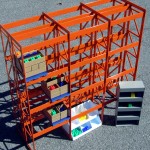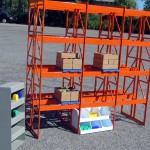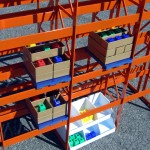Recently I took a few minutes to ask one of our model makers about his approach to building scale models. I was particularly interested in models that require mechanics – movement or lighting. Our resident engineer, Dean, seemed like a good candidate for my questions.
Like many of his fellow model makers, Dean starts with an image in his head of the finished model, focusing particularly on placement of seams. He then visually breaks apart the model at these seam lines, and begins concentrating on each individual part that makes up the model. How will he construct each part? What materials will he use to build the part, and with what equipment?
After Dean breaks down the model into parts, he will make a list of materials and fixtures needed for fabrication. He might even draw up a specific part in 3D using Solid Works, and have it printed out full-scale so he can assemble it over top the drawing.
When it comes to models with moving parts, Dean prefers to design the housing that goes around the mechanics first. Creating the structure which frames the mechanical parts helps Dean understand how he will lay out the inner workings.
Motion in a model can take on many forms. Dean determines whether the movement needs to be circular, linear or lever-like, at what speed and whether it needs to be continuous or intermittent. He then chooses the mechanics that will most accurately produce that movement. Will it be pulleys, actuators, motors or gears?
Sometimes the mechanics can closely mimic the original object that is being modelled. This means that the model will be run the same way, albeit in a miniaturized fashion. Most times the motion needs to be represented in a unique way that the model maker must figure out, design and implement.
Off-the-shelf mechanical parts will be ordered in the size and design required for the model project, though usually modifications are necessary. Adaptations need to be fabricated and added on to the stock mechanical parts. Safety is always an issue when working with mechanics, particularly when they are altered in some way. Knowledge of the properties of the mechanical devices and careful placement of the power supply is necessary.
Electrical engineering may come into play with particular special effects in scale models. Lighting or movement can be controlled by switch or circuit board. Dean might be tasked with programming lights or motion to occur at specific times and in a specific order. In these instances he uses a 2D wiring diagram to program the circuit board, which then guides the micro controllers to perform specific actions.
When it comes time to test the motion or lighting of a scale model, Dean is 95% sure it will do what it is supposed to do. Still, there may be some trouble shooting involved at this stage, or minor tweaking. The model’s mechanics will be run for several hours continuously to confirm the integrity of the design. Only then is Dean satisfied that the model is going to perform as expected for his clients.
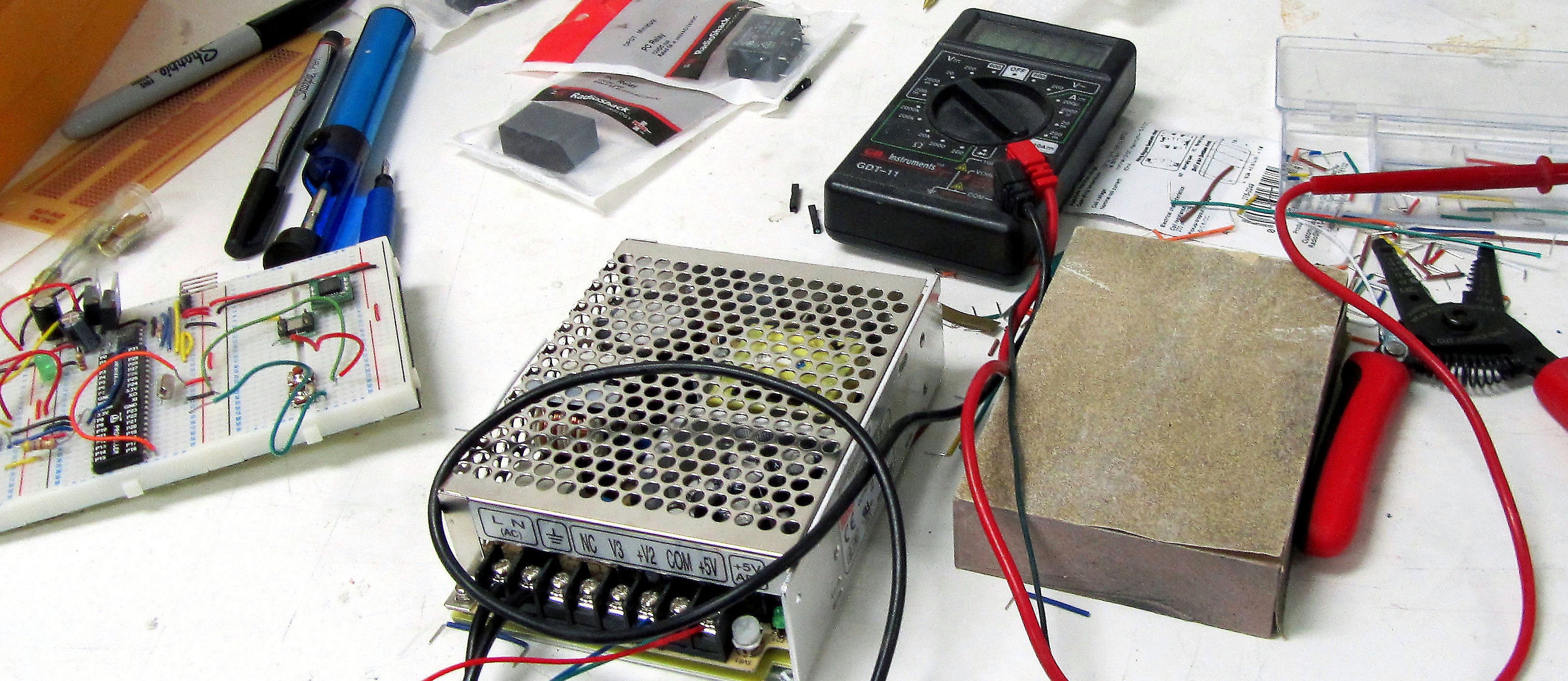







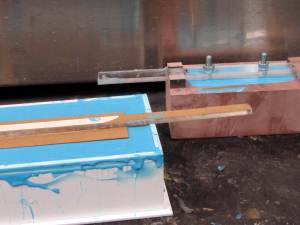




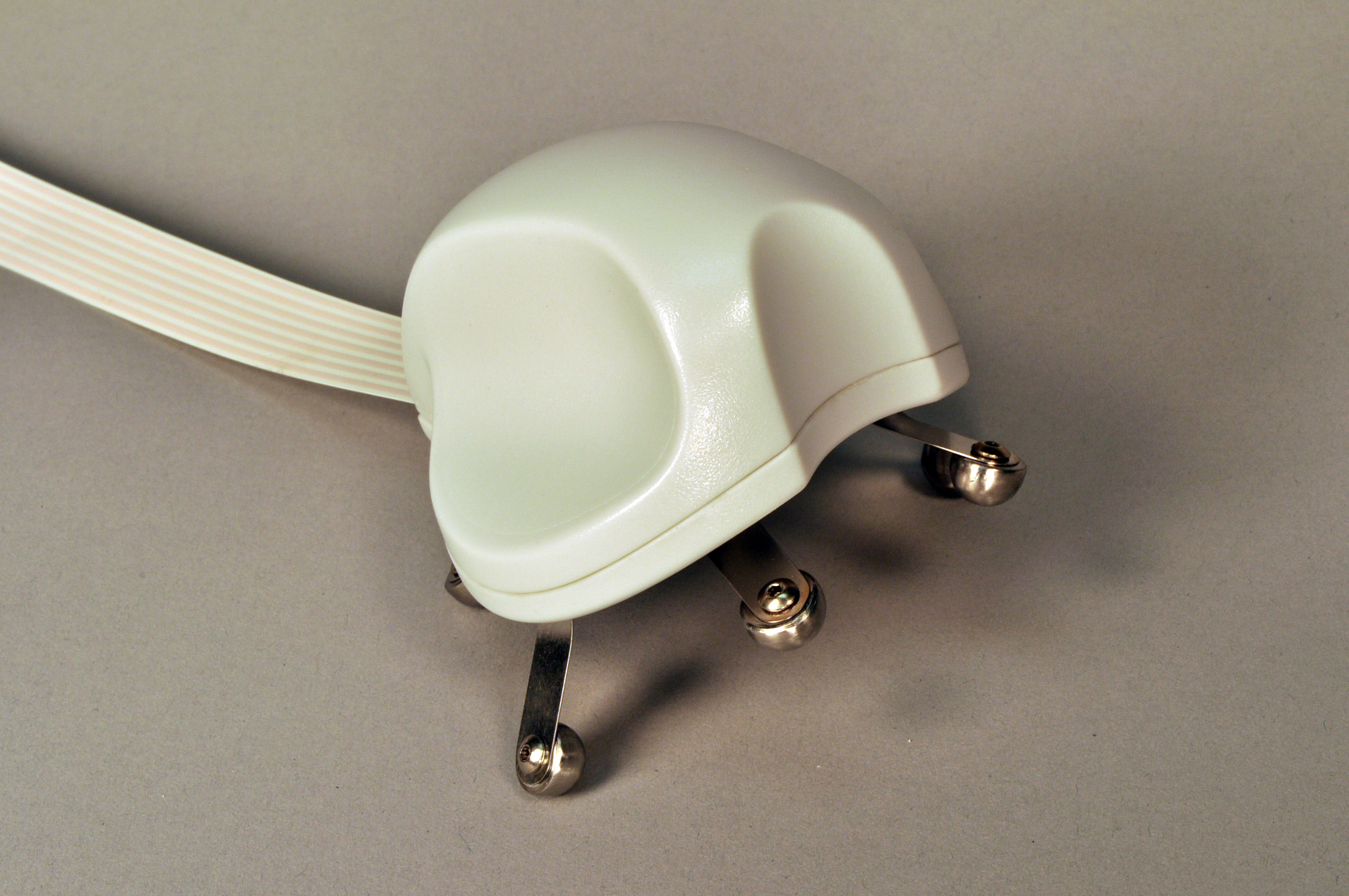
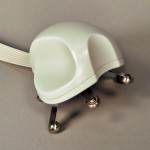
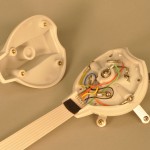


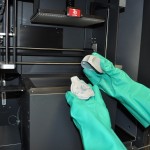


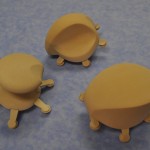

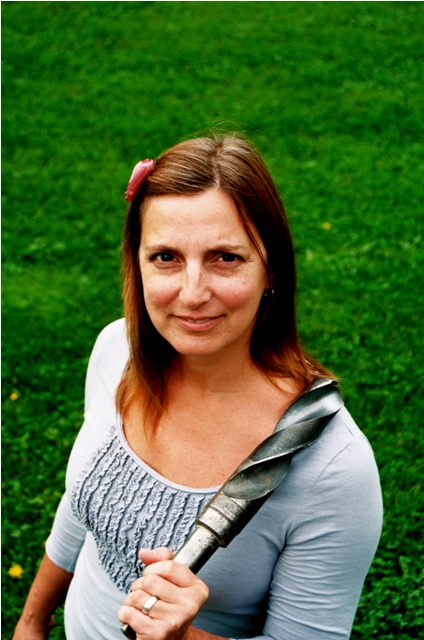





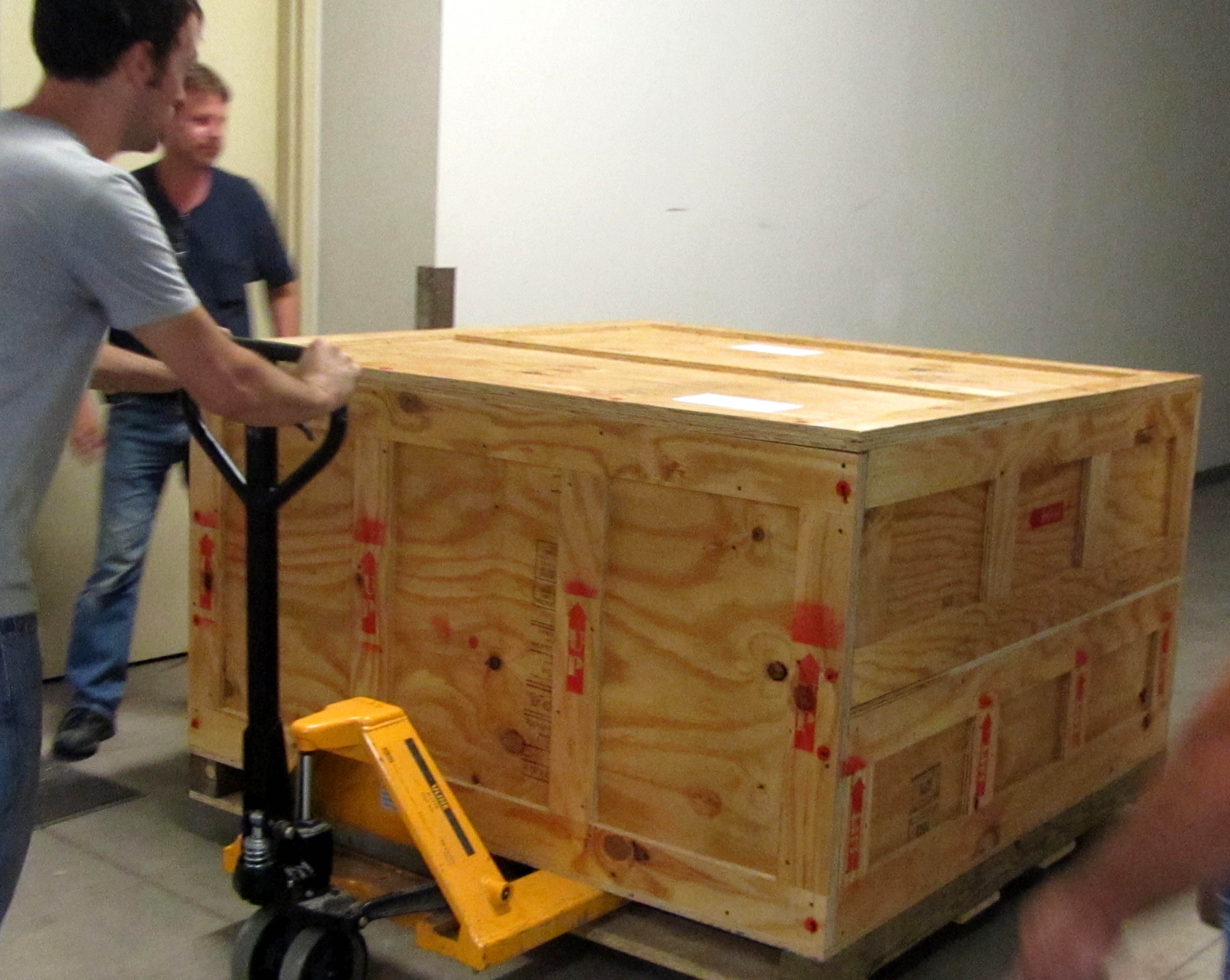






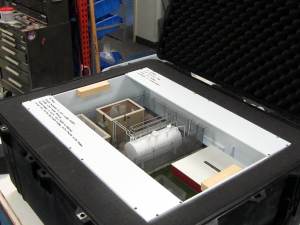

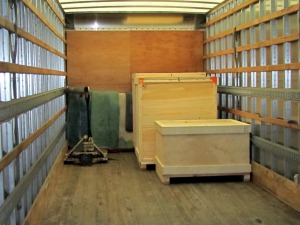
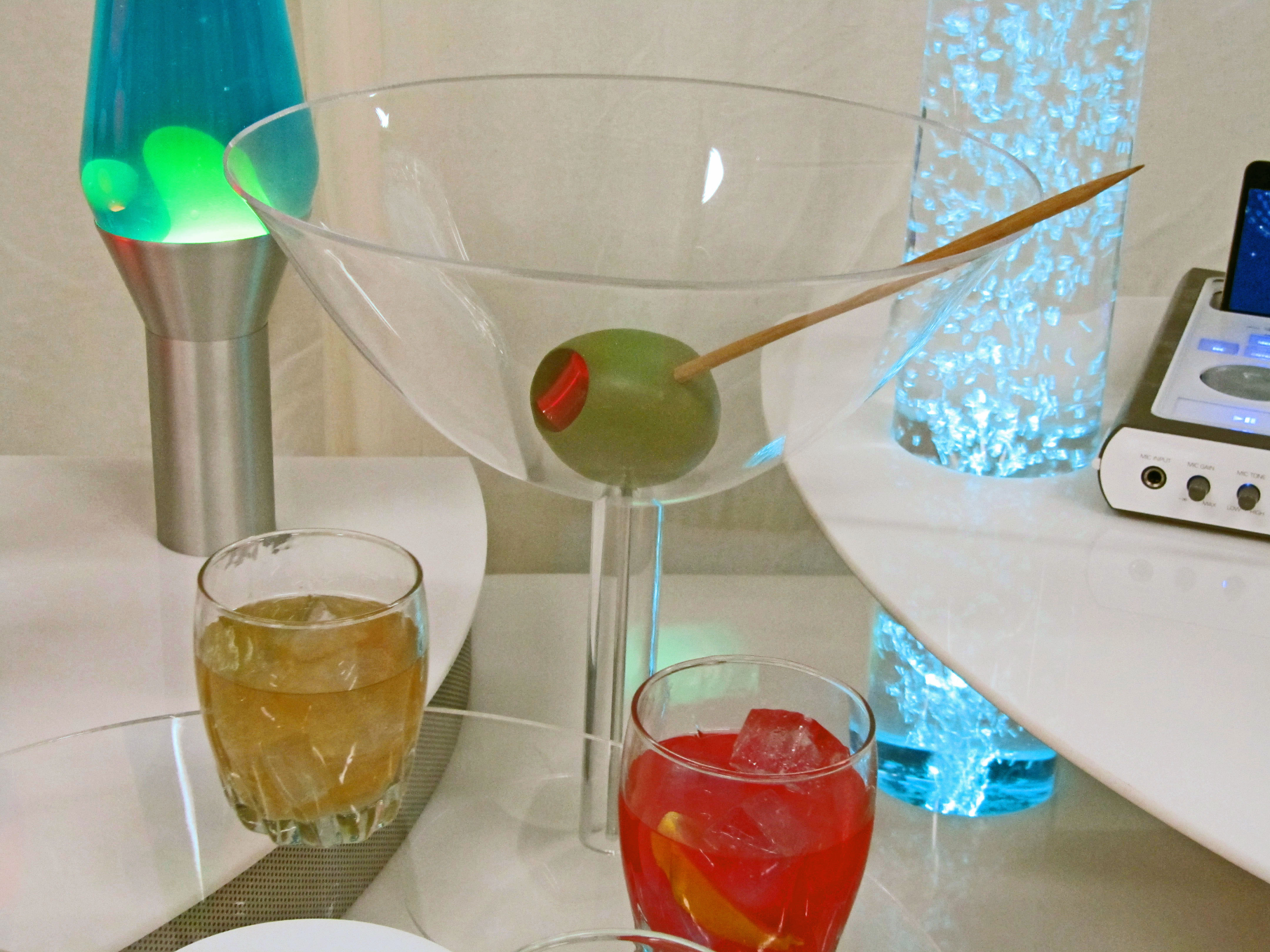

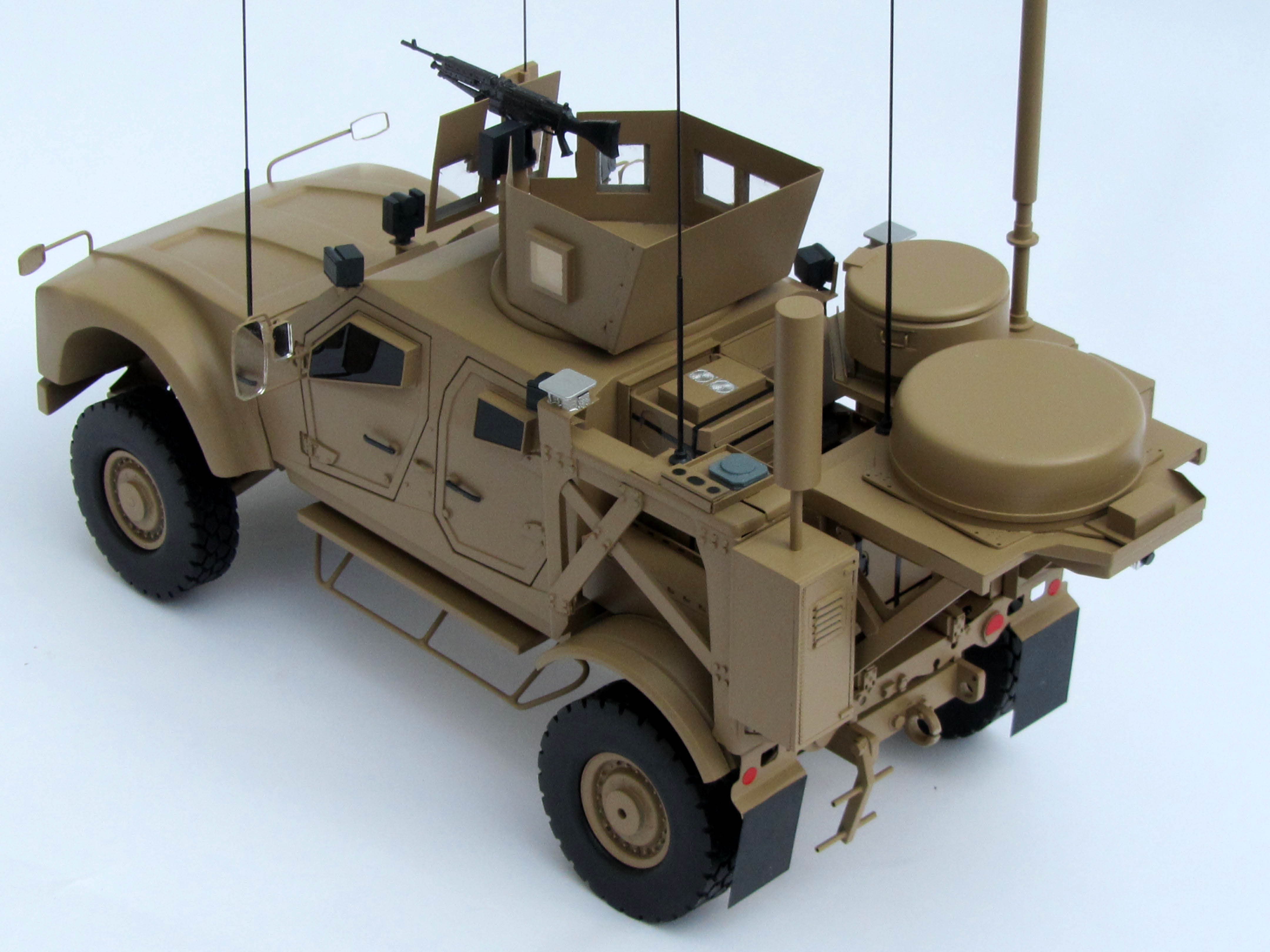



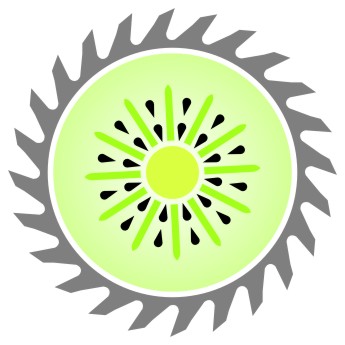


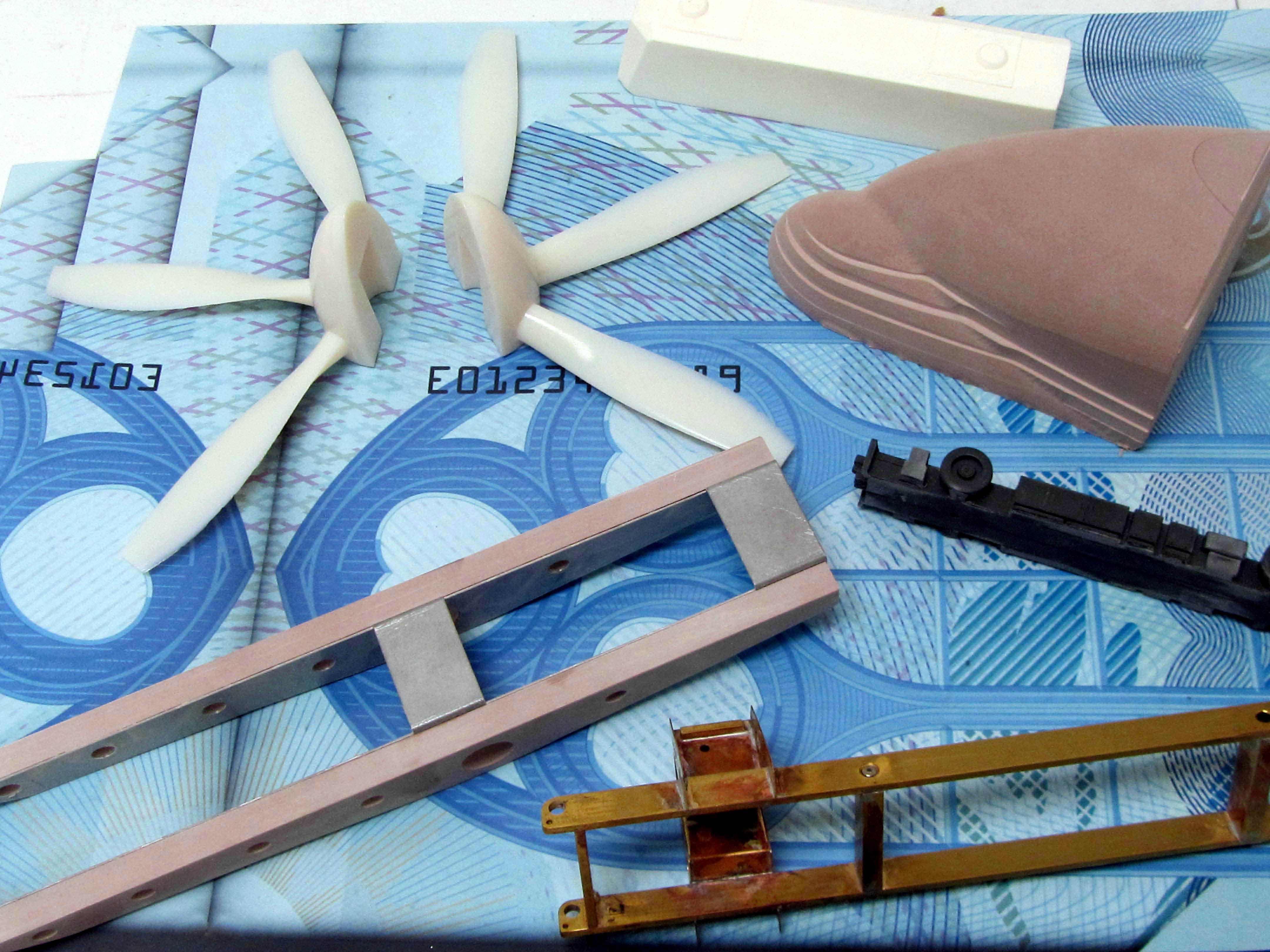




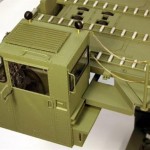

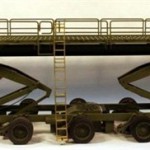

![4339687067_8342a56943[1][1]](http://ammodel.files.wordpress.com/2011/08/4339687067_8342a5694311.jpg?w=199)
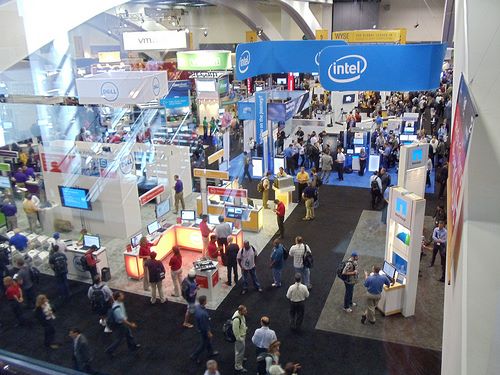
![5049218531_823aae3c13[1][1]](http://ammodel.files.wordpress.com/2011/08/5049218531_823aae3c1311.jpg?w=300)

